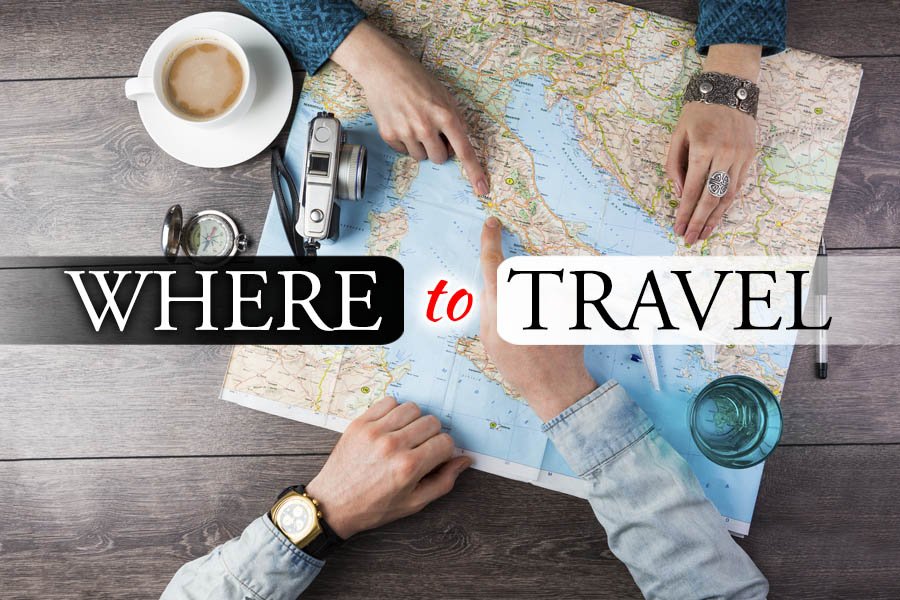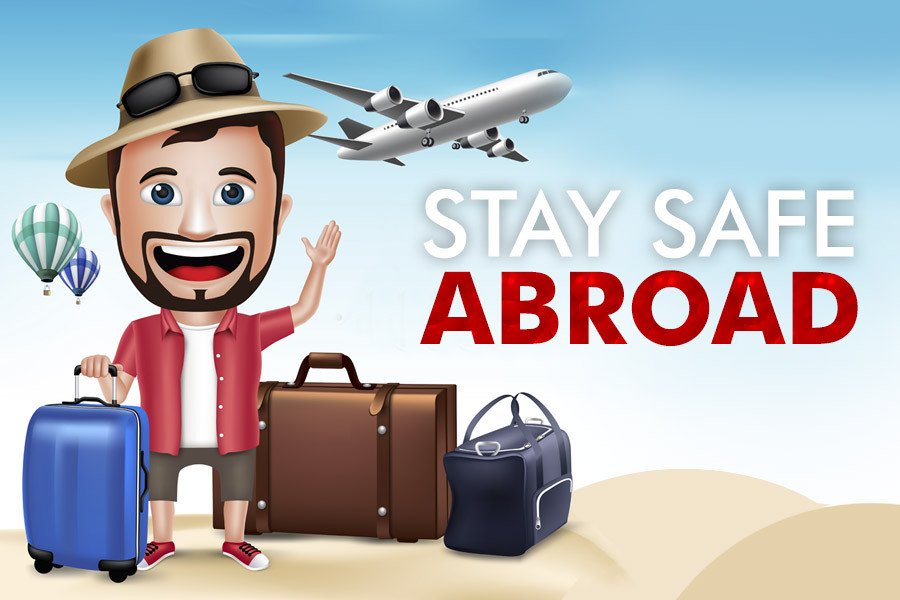Whether you’re going away for a weekend, or plan a longer trip, including your doggo can be a fun, bonding experience. But traveling with a dog comes with its own set of challenges. Their comfort, needs, and health should be a priority, without compromising your own. In this blog, we will share some practical solutions that can help you prepare for the journey with your canine companion, while still making it fun and enjoyable.
Understanding Your Dog’s Travel Needs
Longer travels with a dog aren’t as simple as grabbing their leash and heading out the door. Dogs, just like humans, have unique needs and comfort levels when it comes to travel. These needs depend on various factors, such as the breed, age, and health status of your dog.
Some pups may experience difficulty breathing during travel, older dogs may require frequent breaks to stretch and relieve themselves, while some may find traveling very stressful.
Some dogs might feel unsettled during car rides or in unfamiliar environments. Preparing in advance and understanding your dog’s unique needs can make the journey smoother for both of you.
Luckily, no one knows your dog better than you. You got this.
The Right Traveling Accessories for Your Dog
Having the right gear can significantly improve your dog’s travel experience. There are plenty of pet accessories online these days that will help make this a smooth experience.
Consider packing some of the essentials that you’ll always have with you. Organize your dog’s food, treats, medicines, poop bags, and other necessities.
If your travels involve long drives and overnight stays, a comfortable dog seat or a pet carrier can ensure your pet gets a good night’s sleep.
If you plan to go camping or on the beach, don’t forget a fast-drying, absorbent towel to help clean up after your dog. You can even use our microfiber towel for either yourself or your doggo!
Training Your Dog for Travel
Just like humans, dogs need to be prepared for the changes and demands of traveling. Whether it’s adjusting to a car ride, plane, or boat, or acclimatizing to new environments, dogs need structured, positive training experiences to feel safe and comfortable during travel. This section will delve into practical ways to effectively train your dog for travel, minimizing their anxiety and ensuring a smooth journey.
Familiarizing with the Travel Carrier
Whether you’re driving, flying, or taking a train, your dog will likely spend most of the travel time in a carrier or crate. It’s crucial that they view this space as a safe and comforting haven. Begin by introducing the carrier in a familiar, low-stress environment – your home.
Encourage your dog to explore the carrier. Place some of their favorite toys or blankets inside to make it appealing. Reward them with treats and praise when they go inside voluntarily. Start with short durations in the carrier and gradually increase the time as your dog becomes more comfortable. It’s essential to keep this training experience positive and not rush the process. The aim is for your dog to view the carrier as a safe space and not confinement.
Acclimatizing to Car Rides
If your dog isn’t used to car rides, or worse, associates them with unpleasant experiences (like trips to the vet), it’s time to switch up the narrative. Start with short, enjoyable car rides – perhaps to a nearby park or a drive-thru where you can get them a dog-friendly treat.
Positive Reinforcement
Positive reinforcement is a powerful tool in dog training. Reward your dog for calm and compliant behavior during the training sessions. Use treats, toys, and lots of praise to reinforce the behavior you want to see during travel.
Suppose your dog successfully spends a short duration in the carrier without fussing – reward them. If they remain calm during a car ride, reward them. This process helps them associate travel with positive outcomes, making them more likely to be relaxed and compliant during actual trips.
Desensitization to Travel Sounds and Sensations
Dogs have sensitive hearing, and the sounds associated with travel (engine noise, honking, the hum of a plane or train) can be unsettling for them. Use sound therapy to desensitize your dog to these noises. There are numerous apps and CDs available with recorded travel sounds. Play these sounds at low volume initially and reward your dog for staying calm. Gradually increase the volume as your dog becomes more comfortable.
Remember, training your dog for travel takes time and patience, but the payoff is a stress-free journey for both you and your pet. It’s a gradual process, so don’t be discouraged if progress seems slow. Celebrate the small victories, keep experiences positive, and your dog will soon be a seasoned traveler!
Fun and Adventure: Making Travel Enjoyable for Your Dog
Travel isn’t just about going from one place to another; it’s an adventure filled with exciting sights, sounds, and experiences. Making the journey enjoyable for your furry friend involves more than just catering to their needs; it means making them an active participant in the trip.
Encourage exploration at rest stops. Allow your dog to stretch their legs, sniff around, and get a sense of the new environment. Each new place has an abundance of scents and stimuli for your dog.
Take advantage of dog-friendly trails and parks. These provide excellent opportunities for exercise and enrichment. Engaging your dog’s mind and body will not only help them expend pent-up energy but also promote better sleep at night, especially if you’re dealing with time-zone changes.
Remember to also carry along their favorite toys to provide a sense of familiarity and comfort.
Conclusion
Traveling with your dog can be more than just bringing your pet along on a trip; it can be a bonding experience that deepens your relationship and creates lifelong memories. But, like all good things, it requires preparation, understanding, and a pinch of patience.
Taking the time to understand your dog’s unique needs can help you anticipate potential challenges and plan accordingly.
With the right approach, your canine companion can transition from being a pet to an adventurous travel buddy.




